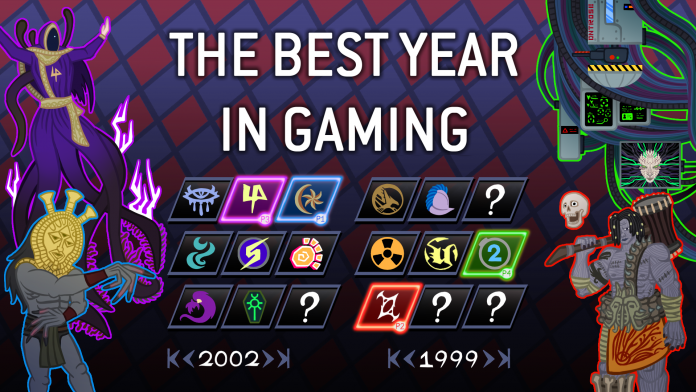Last year’s stacked lineup of games for the Game Awards had us thinking: What was the best year in gaming? As part of our series on determining gaming’s best year, we’re putting together an article on each year, charting the major releases and developments of the year, and talking about both their impact and what made them great.

The Year: 1996
Welcome to 1996 and the fifth console generation. Sega and Sony are already duking it out with the Saturn and PlayStation, respectively, and frankly it’s becoming rather one-sided. Sony will deliver a series of haymakers in 1996 from which Sega would have had trouble recovering from on their own, and then proceed to top all of that in 1997. Nintendo makes its grand debut to the market with the long-anticipated Nintendo 64, which will start out white hot but cool off over time.
The Nintendo 64
After its partnership with Philips to produce a CD drive add-on for the SNES fell apart, Nintendo began work on its own fifth-generation game console. In 1993 they chose to partner with Silicon Graphics on the project, originally calling it Project Reality and later renaming it to the Ultra 64. The console would bypass the 32-bit processors employed by the Saturn and PlayStation and jump straight to a 64-bit architecture. The console was released in Japan and the United States in 1996 with a launch line up of Super Mario 64, Pilotwings 64, and Saikyō Habu Shōgi (unreleased in the United States), with Wave Race 64, Mortal Kombat Trilogy, Killer Instinct Gold, Cruis’n USA, and Star Wars: Shadows of the Empire following shortly afterward. That’s not a bad line-up at all, and we’ll talk about Super Mario 64 in more detail below.
Perhaps the most controversial decision Nintendo made with the Nintendo 64 was the decision to stick with the cartridge format. This was ostensibly done for copy protection reasons but more realistically was done so Nintendo could once again keep an iron grip on licensing through the use of a lockout chip. While cartridges offered faster load times than CDs and could store saved games via battery backup memory, they cost much more to produce, held one tenth the amount of data, took longer to manufacture, and were just considered a much bigger risk than CD-based games thanks to higher costs and less ability to control supply. This would ultimately mean that the Nintendo 64 would mostly have to stand on the strength of the company’s first-party releases, as third-party developers never really took to the platform – especially RPG developers (and chief among these, long-time Nintendo exclusive developer Squaresoft), who had begun to favor CD quality music and prerendered cutscenes. By the end of its lifespan, the Nintendo 64 had a total of 388 published games, compared to 7,918 for the PlayStation and 1,027 for the Sega Saturn. The wildest thing I learned while writing this? That the Nintendo 64 failed to outsell the Saturn in Japan.
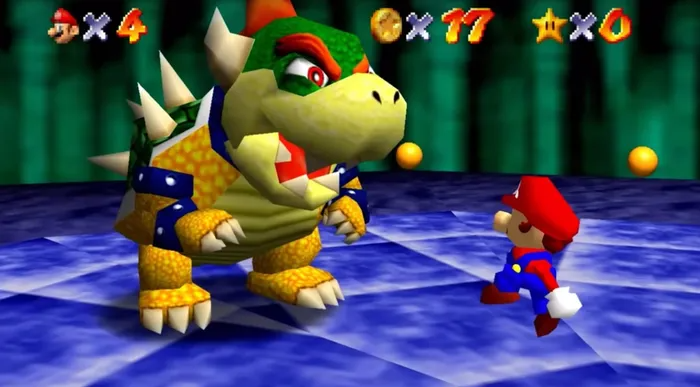
Super Mario 64
Super Mario 64 is one of the best games ever made, continuing an insanely strong run for the franchise. The game single-handedly defined the 3D platformer and laid the groundwork for how to handle controls, movement, and the camera in the genre. It’s a masterpiece, filled with imaginative level design, colorful enemies, and solid gameplay.
The Last Gasp of the Super Nintendo
Nintendo’s 16-bit console wasn’t done yet and in 1996 there were still quite a few extremely good games being released for it. Chief among these was the final direct collaboration between Nintendo and Squaresoft, Super Mario RPG, an isomorphic JRPG in which players control Mario on a quest to save the Mushroom Kingdom. Other big titles released in 1996 were Donkey Kong Country 3, Kirby Super Star, Star Ocean, Bahamut Lagoon, and Harvest Moon.
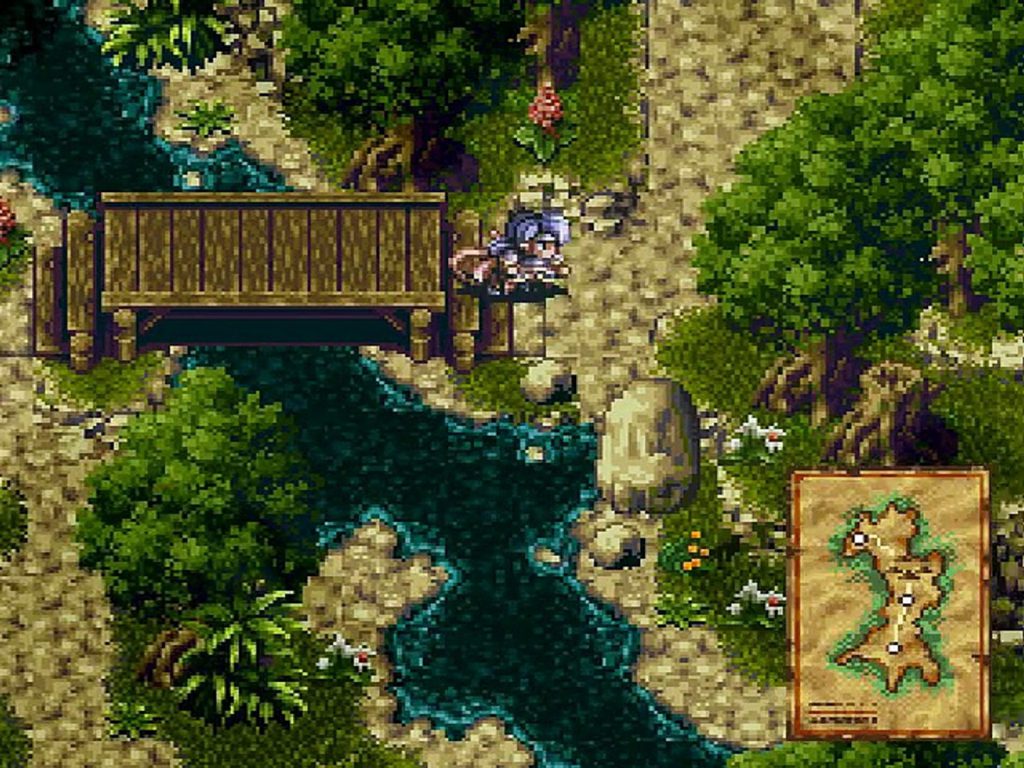
Star Ocean
One of the great games that time forgot, Enix’s Star Ocean was a Japan-only release in 1996 and was one of the most technologically advanced games ever released for the console, using a special compression chip to store extra data, graphics, music, and voice clips. It’s another top-down 16-bit JRPG, this time serving as an ode to what Squaresoft-rival Enix was capable of. However Enix closed down Enix America in 1995 after poor US sales, meaning that as with their other JRPGs for the Super Famicom, this one never made it to the United States.
US Robotics Releases Its 56K Modem
Welcome to the Internet; have a look around. Right now it’s mostly chatrooms, IRC, and web rings of largely plain text sites, but things are starting to get serious. Connecting to the Internet is something you need a phone line for, along with an Internet Service Provider to mediate its use. In 1996 the big two in that space were America Online (AOL) and CompuServe, and in December 1996 AOL moved from an hourly fee for access to a flat monthly rate of just under $20. Most people are still on 14.4Kbps or 28.8Kbps modems but US Robotics just released the fastest thing yet – the 56Kbps modem. This represents the fastest speeds you can get over standard phone lines, and soon the 56k modem will be a requirement for a number of online games to function.
Firaxis Games Founded
Sid Meier, Brian Reynolds, and Jeff Briggs left MicroProse in 1996 to found their own game studio in Hunt Valley, Maryland called Firaxis Games. Under Meier the studio would become known for making 4x games and sims like Alpha Centauri, Gettysburg!, Civilization, Railroads!, and XCOM: Enemy Unknown. If you’re ever wondering why Maryland has a small but solid games industry presence, it’s partly because Sid Meier and Brian Reynolds didn’t want to move after they left MicroProse.
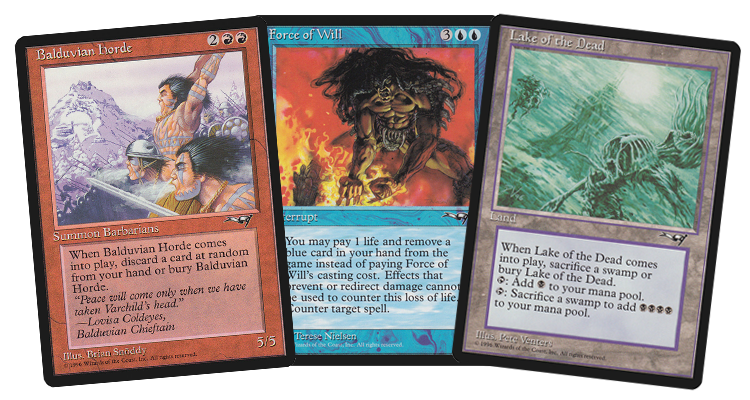
Magic Pulls Itself Back From the Brink
If there’s a time it ever really felt like Magic: the Gathering was going to die, it was in those early months of 1996. Ice Age was a memory from the Summer of ‘95, and all we’d had since was Homelands, the worst expansion in Magic’s history. It was not a good time and with so much competition popping up and prices for older cards rising, people were getting out. That is, until Alliances came out in the summer of 1996. Alliances was the sequel set to Ice Age and it completely revitalized the game, adding interesting new pitch mechanics and just had great vibes as a set. They’d follow that up with Mirage in October, which also had outstanding vibes and artwork, helping fuel the game’s return.
The Magic Pro Tour
Something else that helped pull the game back was the introduction of the Magic Pro Tour, a massive, international circuit of events with large cash prizes. Wizards would run four events in 1996, giving away more than $500,000 in prize money to the players. The circuit would continue to grow in the following years, becoming the gold standard for professionally-run tabletop gaming tournaments.
Yu-Gi-Oh! Happens
In September, 1996 the weekly manga magazine Weekly Shōnen Jump began running a new series called Yu-Gi-Oh!, the story of a boy named Yugi who gets possessed by an ancient gambling spirit and goes on to win all kinds of games. In the manga, characters play a game called Duel Monsters, or Magic & Wizards sometimes, a game which is more or less a more bonkers version of Magic: the Gathering. The physical version of that game will later go on to become one of the biggest games in the world.

Duke Nukem 3D
3D Realms released this first-person shooter in January, 1996, letting players take on the role of Duke Nukem, a cigar-chompin’, gun-totin’ avatar of destruction and potty humor. The game’s just a pretty solid FPS, but sold big and was well liked thanks to the fact that crude humor along the lines of “you watch the hero cut off a monster’s head and shit down its neck” was pretty novel at the time. The game played a major role in making first-person shooters the dominant genre and was basically the last big sprite-based FPS. It was also incredibly moddable, fueling interest long after the game might have otherwise felt stale.
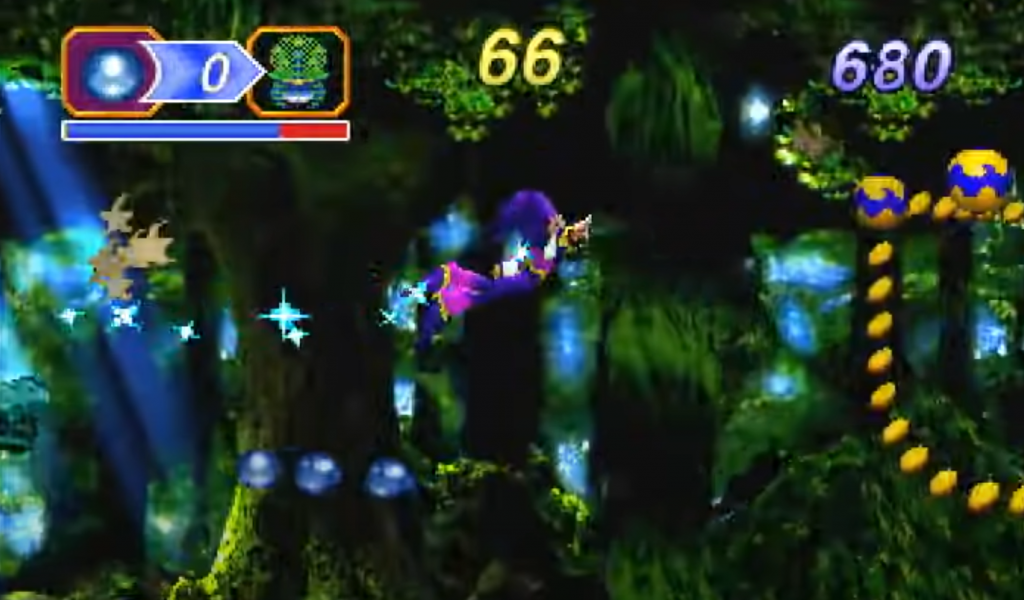
Nights Into Dreams
The Saturn never got the Sonic title it so badly needed, but the closest it got was this flying action game made by Sonic Team. Players fly through trippy dreamscape areas collecting rings and smashing into enemies. It’s an incredibly trippy game with impeccable vibes and a great soundtrack and the Saturn needed another dozen games on its level.
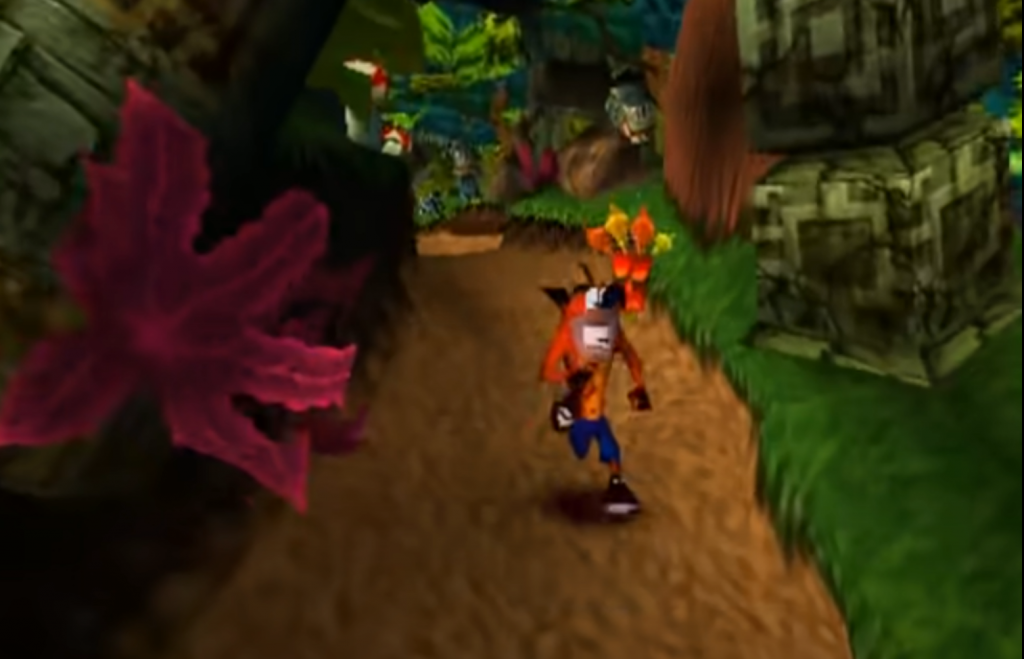
Crash Bandicoot
Sony’s PlayStation was doing very well but never really had a mascot. That changed in 1996 with the release of Naughty Dog’s Crash Bandicoot, a 3D platformer in which players take on the role of the titular bandicoot as he attempts to stop the evil mad scientists Doctor Neo Cortex. It’s a fun running platformer that still holds up pretty well.
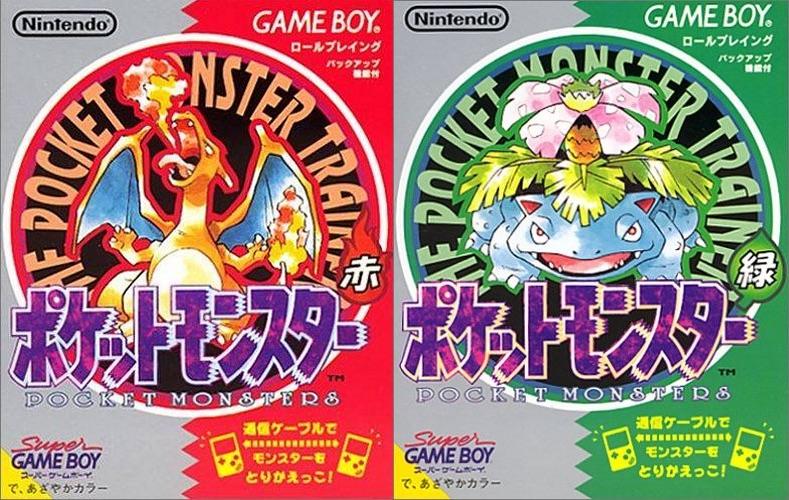
Pokémon Red/Green/Blue
The biggest game of 1996 wasn’t something on a next-generation console, but a JRPG on the Nintendo Game Boy. Created by Game Freak in 1996, Pokémon (short for Pocket Monsters), was an RPG in which players caught wild monsters called Pokémon and fought in battles with them to level them up and evolve them, with the option to trade them. The original Pokémon was released in Japan in 1996 but wouldn’t really explode until its international release in 1998 – we’ll revisit the game then. For now it’s worth mentioning that, despite all of the hype and the frenzy surrounding the game in the late 90s, Pokémon was at its core an incredibly fun, inventive game and games from the series tend to be among the best games on any Nintendo handheld.
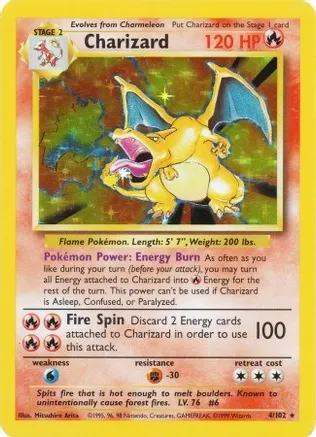
Pokémon Trading Card Game
As with the Game Boy games, this is a weird one timing-wise, with the Japanese card game releasing two years before the west, when the whole thing hit a fever pitch in terms of popularity. If you’ve never played it and only know it from its cultural aura, let me be the first to tell you that the Pokémon Trading Card Game is a wonderful game with solid play and great mechanics. It’s easy to learn but tactically deep, and building decks for the game is loads of fun. The Pokémon Trading Card Game wonderfully captures the feel of the game’s universe and the excitement of building a team and it did a better job with the jump to digital than any other physical game I’ve seen.
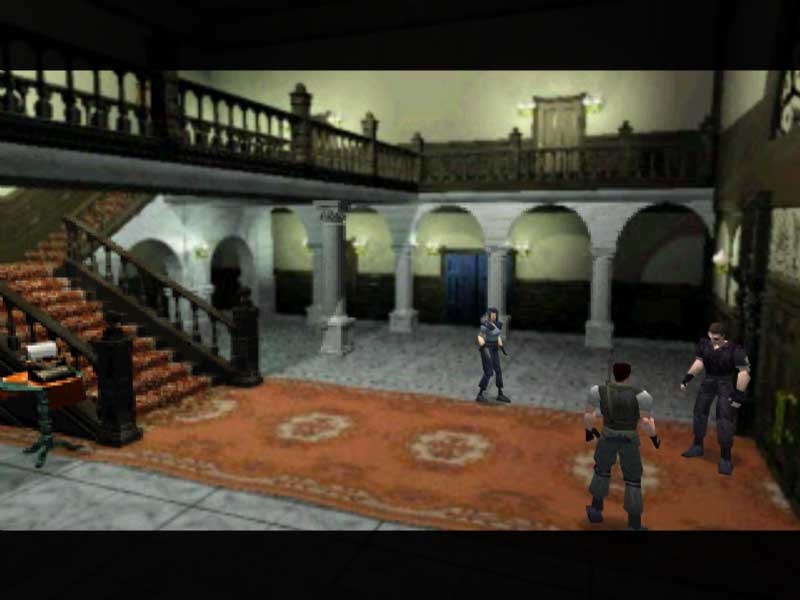
Resident Evil
Titled Biohazard in Japan, Resident Evil released in 1996 on the PlayStation, with a Saturn release in 1997. While not the first survival horror game, this is the game that basically popularized the genre, bringing it to a mass audience and basically kicking off the horror game craze by showing everyone just how pants-pissingly scary games could be when they had access to a full orchestral score and 3D graphics. The game was originally conceived as a remake of the 1989 NES horror game Sweet Home but during development slowly morphed into a third-person action game featuring a mansion full of zombies and some of the most hilarious voice acting you’ve ever heard. The game was a massive hit and while some players argue it’s one of the best games of all-time, the true Mt. Rushmore entry for the franchise is its sequel.
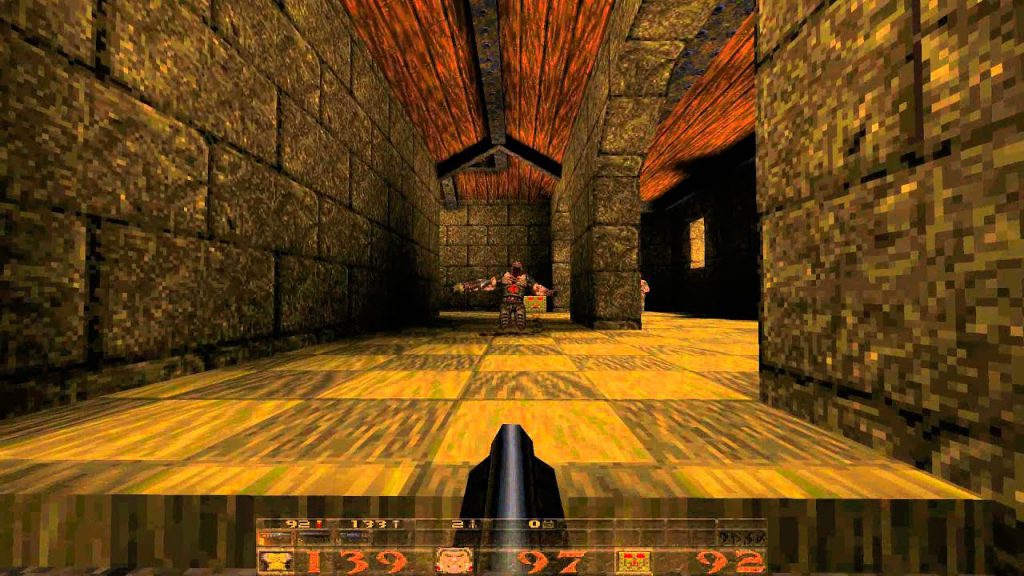
Quake
Id Software released the next step in first person shooters in 1996 with Quake for MS-DOS, Windows, and Linux. Quake was another first-person shooter in a market growing increasingly full of them but made a number of large changes. The first was going full 3D rendering on the game world, which included swapping out 2D sprite enemies for 3D polygonal enemies. The second was adding a ton of multiplayer options. The game is an absolute blast to play, and has aged well enough that the game’s enhanced version was worth playing when it was released on the Xbox One and PS4 back in 2021.

Tomb Raider
First released on the Sega Saturn and then later the PC and PlayStation in 1996, Tomb Raider introduced the world to Lara Croft in a run-and-gun 3D action platformer that has players exploring ancient ruins and avoiding deadly traps. The game was a massive success and gave players a solid alternative to Super Mario 64 in the 3D platforming genre. The game is a bit stiff and hasn’t held up as well as other games of the era, but there’s still some great gameplay there, albeit greatly improved upon by its sequel.
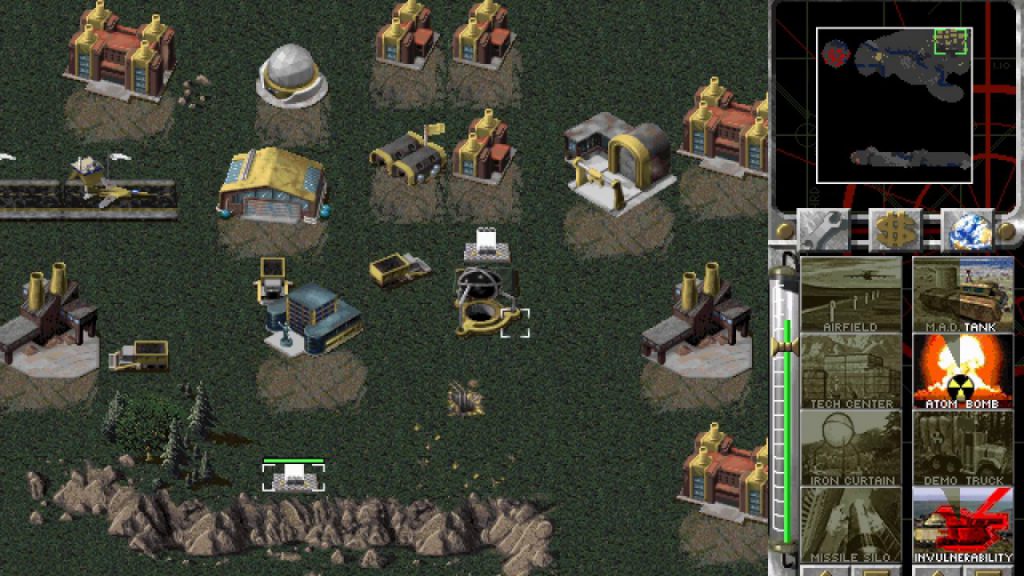
Command & Conquer: Red Alert
Westwood Studios and Blizzard had one hell of a rivalry going in the late Nineties, with the studio attempting to match the creator of WarCraft II and StarCraft blow-for-blow with the Command & Conquer series. Red Alert is a prequel to 1995’s original game, having players choose between Allied and Soviet factions vying for military control. One of the more notable aspects of the game were its full-motion video cutscenes which would eventually give us Tim Curry doing some insanely unhinged performances in Red Alert 3.
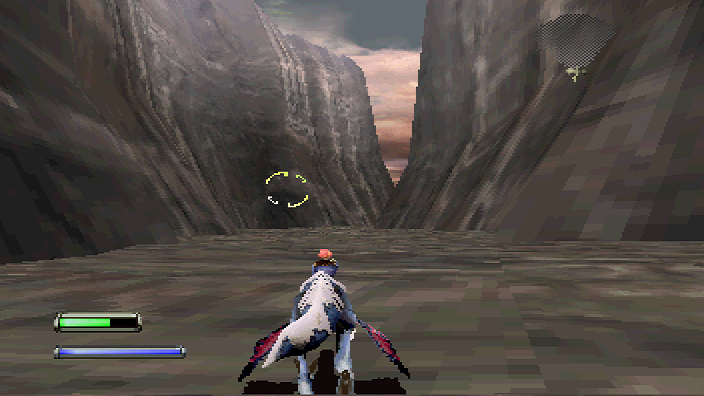
Panzer Dragoon II Zwei
Released a year after the first game, Panzer Dragoon II Zwei was produced at the same time but managed to include a lot of feedback the team got from the first game’s release. It’s still a first-person rail shooter (more on that with Saga next year), but this time has more levels and animated cutscenes which expand the story. Zwei is a prequel to the original game and it’s just an incredibly solid game which feels great to play. It’s not the deepest experience, but it’s exactly the kind of game the Saturn needed.
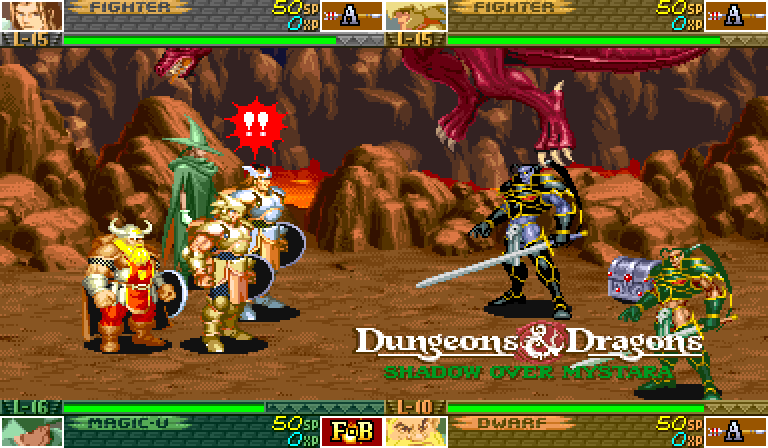
Dungeons & Dragons: Shadows Over Mystara
Capcom’s arcade sequel to its 1996 title Tower of Doom is one of the best (and last) 2D side-scrolling beat ‘em up games made by capcom, combining sweet action with some cool RPG elements like forking paths and multiple endings as players explore the land of Mystara and destroy the red dragon Synn. The game still looks great and is a blast to play. I’d personally rank it in the top 5 arcade games, all-time.
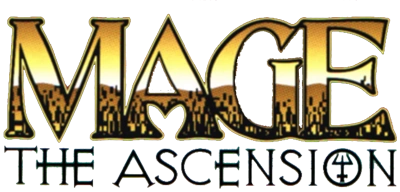
Mage: the Ascension
White Wolf’s third World of Darkness game puts players into the role of mages, wizards living in the modern era dedicated to fighting the forces of the Technocracy, a massive corporate empire looking to snuff old magic out from the world. It’s a bit of a departure from the company’s other games in that while it’s still supernatural, your characters are much more grounded in the real world despite being well, wizards, and locked into a battle for the soul of mankind.
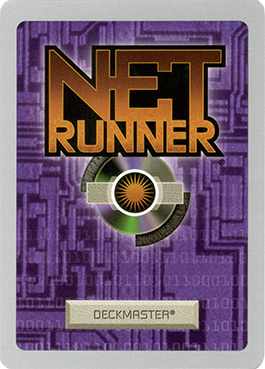
Netrunner
Wizards of the Coast published Richard Garfield’s cyberpunk CCG in 1996 (It literally takes place in the Cyberpunk 2020 universe). In the game one player plays the corporation attempting to achieve its secret agendas for world domination while the other player plays a hacker attempting to expose them and bring them down. It’s one of the tightest card games ever made and actually plays better with starter decks than it does in full constructed play.
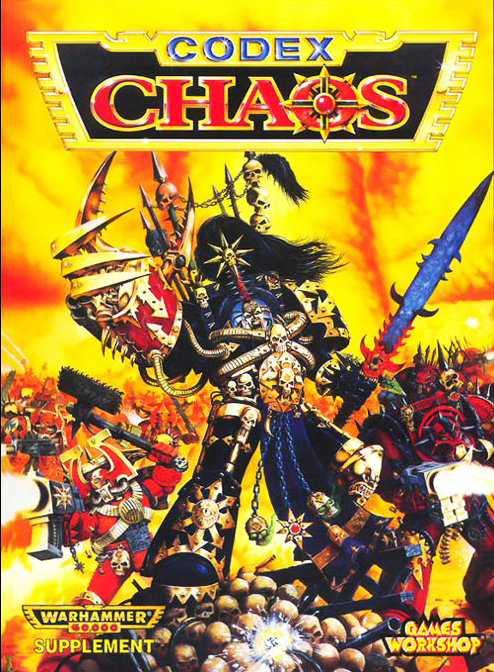
Codex: Angels of Death and Codex: Chaos
We’ve covered both of these codexes in detail before (Angels of Death and Chaos) – these were the last two rulebooks for the factions 2nd edition started with (Squats never received a book), and they went hard, giving us new lore and shaping the setting with a ton of new details on the Horus Heresy. Codex: Chaos reintroduced Chaos Space Marines as a faction and introduced the game to Abaddon the Despoiler, one of its main villains. I can’t gush enough about that 2nd edition Chaos book – if it had never existed, there’d be no Goonhammer today.
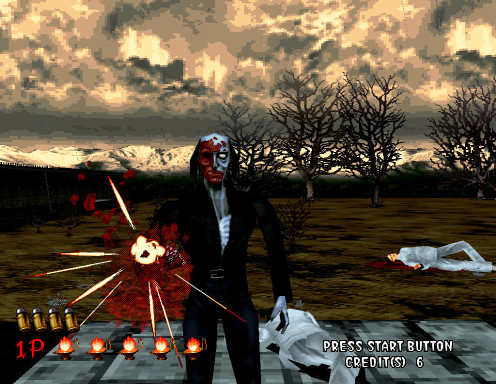
House of the Dead
The biggest arcade game of 1996 was also one of the biggest of all time – Sega’s House of the Dead was a massive success, tapping into the same interest in zombie media as Resident Evil right when that game was released. It’s an all-timer in the light gun genre and a game I personally pumped far too many quarters into as a kid.
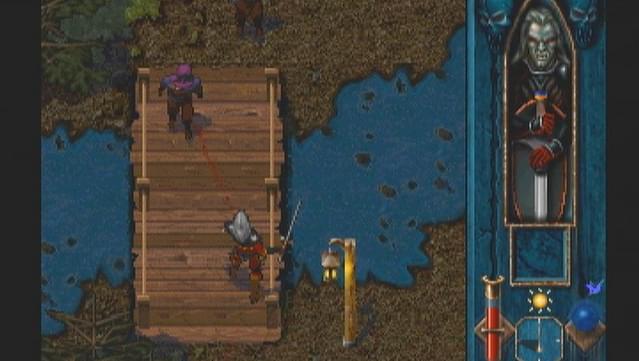
Blood Omen: Legacy of Kain
Released on the PlayStation in 1996, I’d argue that the Legacy of Kain series has the best voice acting of all time, anchored by a stellar performance from Simon Temple as the game’s protagonist, Kain. If you’re unfamiliar, Blood Omen is a top-down action RPG in which you play as Kain, a former nobleman-turned-vampire exploring the world of Nosgoth in order to get revenge on his killers (you die in the game’s opening scene). Along the way Kain stumbles into an epic quest he never wants any part of, leading to an outstanding story with some great twists. It’s an incredibly underrated gem and just mentioning it made me go back to YouTube to watch some of the game’s cutscenes.

Elfenland
The 1998 Spiel des Jahres winner is all about building a planning a trip and crossing a fantasy land of elves, dragons, unicorns, and other fantasy creatures. It’s a game where players compete to travel to the most towns and, in one variant, end up in a secret destination town.
Why It Was the Best Year in Gaming
1996 puts up a very strong case on the back of some extremely formative arcade games – House of the Dead, Shadows Over Mystara, Soul Edge, Dead or Alive, and Virtua Fighter 3, plus some amazing console releases across all three consoles. Nights Into Dreams and Panzer Dragoon II Zwei were fantastic entries for the Saturn, while Resident Evil, Tomb Raider, Crash Bandicoot, Twisted Metal 2, Clock Tower, and Blood Omen: Legacy of Kain were stellar entries for the PlayStation. And Nintendo’s slate across the Nintendo 64 and Super NES are worth a mention as well – Super Mario 64 is an all-timer, while Star Ocean, Harvest Moon, and Super Mario RPG are all classics, and Mario Kart 64 released in Japan in mid-December – we’ve bumped it to 1997 but if you wanted to include it in 1996, we wouldn’t blame you. And on the PC side you’ve also got games like Elder Scrolls II: Daggerfall, Civilization II, and Master of Orion II.
The toughest part about this is where to put Pokémon. By our rules, the game definitely released in 1996 in Japan, but it wouldn’t see a Western release until 1998. This is an area where we may split the difference, and give Pokémon Red/Green to 1996 and Red/Blue to 1998 but either way it kind of doesn’t matter – as we’ll see when we get to 1998, it’s already one of, if not the strongest years in our competition even without Pokémon, and across every medium.
On the tabletop side, I cannot say enough nice things about Magic and Warhammer 40k in 1996. Alliances was a breath of fresh air after the stink of Homelands and did amazing new things mechanically, while Mirage basically set the stage for the modern version of the game and featured the most gorgeous art of any set up to that point. It’s still the high watermark for land art. And Codex: Chaos literally changed my life.
Either way, 1996 has a very strong case – the Nintendo 64 made a strong entry with its launch lineup, while Sega and Sony were both already going hard. On the tabletop side Wizards of the Coast successfully pulled magic back from the brink with two great expansions while Games Workshop created the modern Chaos Space Marines faction everyone needed in their game. And also Dark Angels were there too, I guess.
This article is part of a larger series on the best year in gaming. For more years, click this link. Have any questions or feedback? Drop us a note in the comments below or email us at contact@goonhammer.com.
